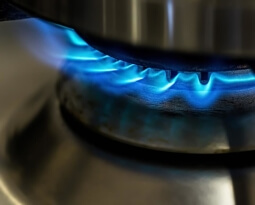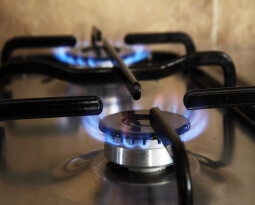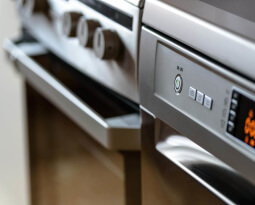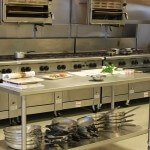Steps to Follow During a Commercial Refrigerator or Freezer Malfunction
One of the biggest challenges restaurant owners face is losing their refrigeration unexpectedly. Sometimes a fluke outage knocks out power in the area. Sometimes it’s a storm. Sometimes it’s an equipment malfunction. Sometimes it’s carelessness, a door not tightly closed or a plug partially dislodged. Whatever the cause, no one wants that sinking feeling that comes when the digital thermometer on the outside of a commercial refrigerator or freezer shows a higher than normal temperature. You don’t want to see those numbers above 40 degrees on a refrigerator or above 0 degrees on a freezer…but sometimes it happens. What can you do to minimize loss?
Think of recovery from refrigeration loss in three stages:
- Before it happens
- While it’s happening
- After it’s all over
There are things you can do at each stage of the process to reduce losses. Here’s what to do when your commercial refrigerator or freezer goes out:
- Before it happens. You think it won’t ever happen to you — but it probably will. Check your insurance policy to see what kind of coverage you have. Identify your resources. Do you have alternative resources in-house in case only one appliance goes out? Are there neighboring businesses that might have some temporary refrigerator or freezer space for you? Do you have an ice machine? Where is the nearest place you can get block ice or dry ice? Do you have a relationship with services for parts and/or repairs in case it’s a malfunction and not a general outage? Have phone numbers and instructions conveniently available.
- While it’s happening. There are a few things to do other than just get anxious. Pull out your plan or instructions with those phone numbers. If it’s a general outage and you have an ice machine, bag up ice in plastic quart bags as soon as possible and place them in bus trays in the affected units. Move any meat, poultry or fish to one side and put it in a tray so it won’t drip on to other foods in the refrigerator or freezer and contaminate them. Then keep the doors closed. Your refrigerator will keep things cold for about 4 hours if it’s full and your full freezer for about 48 hours. This buys you time to take other steps in your plan including designating in-house resources, getting dry-ice, checking out nearby resources (other restaurants with extra storage space, for example), getting parts you need or contacting your repair service people.
- After it’s all over. When your units are fully operational and temperatures restored, take an inventory. Never taste foods to check them. If freezer items are significantly above freezing but below 40 degrees, plan to use them soon. If refrigerated items, particularly perishables, have been above 40 degrees for more than two hours, remove and discard them. If anything feels warm or the smell is off, discard. Mark anything you keep so you know to give it special attention, and use it soon. Clean out the extra ice and ice trays. Clean the whole refrigerator. Return any relocated foods to their places. Contact your insurance agent to review coverage. Some policies even cover food loss.
With these few steps, you can minimize loss (and hyperventilating) and be back in business more quickly, serving up delicious food to your customers.
For more information about maintaining your commercial appliances and to find parts, please contact us.







